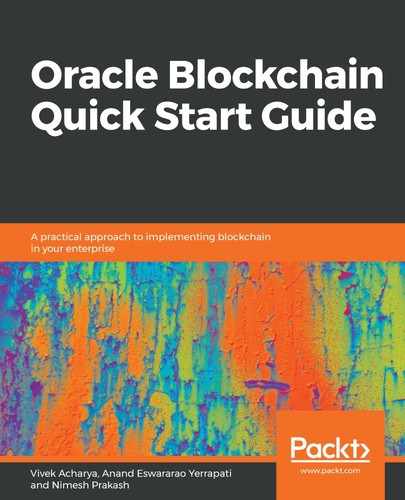A P2P network leverages the network; however, the attachment and detachment of nodes is completely voluntary. The network is a network of equity, where each peer is the same as any other peer, and it is fair and impartial. One peer offers computing resources to other peers, without the need for a central authority to control, govern, or maintain the network. Even though it has equity, each node has a fair chance of adopting the role of the miner or can turn itself into a full node. Each node keeps a copy of the distributed ledger, and this protocol of the blockchain network ensures resilience and immutability of the blockchain network. A blockchain network can resurrect the entire system as long as there is a single node that holds the copy of the distributed ledger.
On a P2P network, information is recorded and replicated between all of the participating nodes; hence, the power, consistency, reliability, and trust in the P2P network grows more and more, as more and more nodes join the blockchain network. Also, as there is no single point of failure and no single authority, the system is not vulnerable to hacking, loss of data, inconsistency, human errors, or a single part controlling the network agenda, and so power and privacy remains with each node. Note that it's the consensus algorithms that ensure the synchronization of data on the blockchain. There are various consensus algorithms, such as proof of work (PoW) and proof of stake (PoS). We will be talking about them in detail in this book.
